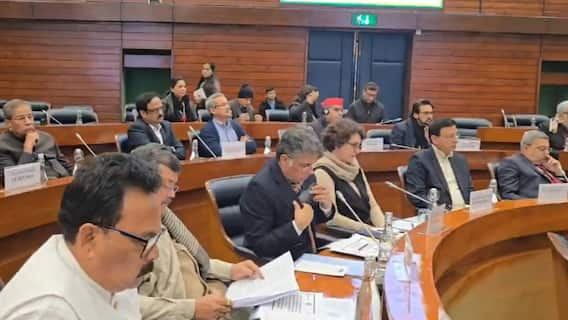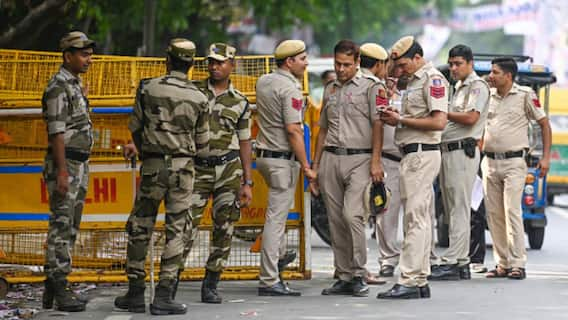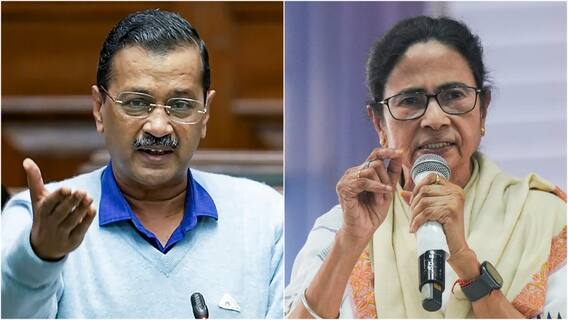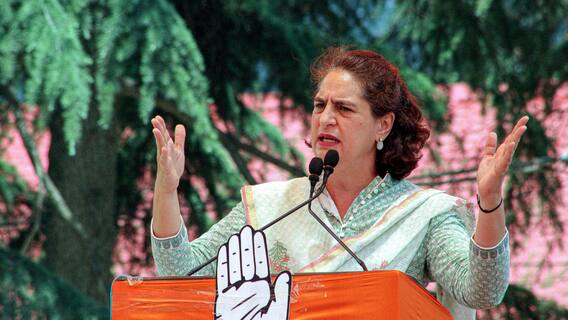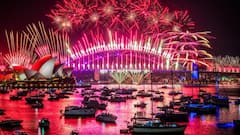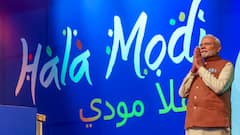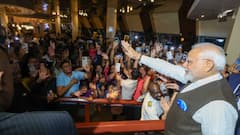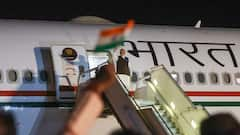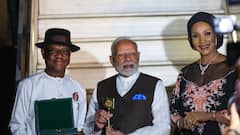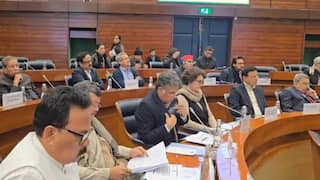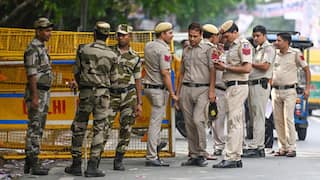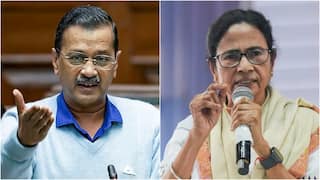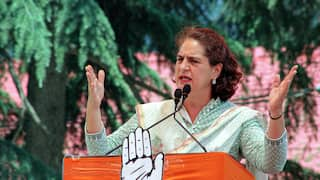North Korea confirms test-firing of biggest ICBM
Seoul, Mar 25 (AP): North Korea says it test-fired its biggest-yet intercontinental range ballistic missile under the orders of authoritarian leader Kim Jong Un, who vowed to expand the North's “nuclear war deterrent” while preparing for a “long-standing confrontation” with the United State.

Seoul, Mar 25 (AP): North Korea says it test-fired its biggest-yet intercontinental range ballistic missile under the orders of authoritarian leader Kim Jong Un, who vowed to expand the North's “nuclear war deterrent” while preparing for a “long-standing confrontation” with the United States.
The report by North Korean state media on Friday came a day after the militaries of South Korea and Japan said they detected the North launching an ICBM from an airport near capital Pyongyang in its first long-range test since 2017.
The Hwasong-17 ICBM, which was fired on a high trajectory to avoid the territorial waters of neighbors, reached a maximum altitude of 6,248 kilometers (3,880 miles) and traveled 1,090 kilometers (680 miles) during a 67-minute flight before landing in waters between North Korea and Japan, Pyongyang's official Korean Central News Agency said.
The agency claimed the test met desired technical objectives and proved that the ICBM system would be promptly operated during wartime conditions.
The South Korean and Japanese militaries had announced similar flight details, which analysts say suggested that the missile could reach targets 15,000 kilometers (9,320 miles) away when fired on normal trajectory with a warhead weighing less than a ton. That would place the entire US mainland within striking distance.
The KCNA published photos of the missile leaving a trail of orange flames as it soared from a launcher truck on the airport's runway and Kim smiling and clapping as he celebrated with military officials from an observation deck.
The agency paraphrased Kim as saying that his new weapon would make the “whole world clearly aware” of the North's bolstering nuclear forces. He vowed his military to acquire “formidable military and technical capabilities unperturbed by any military threat and blackmail and keep themselves fully ready for long-standing confrontation with the U.S. imperialists.” South Korea's military responded to Thursday's launch with live-fire drills of its own missiles launched from land, a fighter jet and a ship, underscoring a revival of tensions as nuclear negotiations remain frozen.
It said it confirmed readiness to execute precision strikes against North Korea's missile launch points as well as command and support facilities.
Linda Thomas-Greenfield, the US ambassador to the United Nations, told reporters the United States requested an open Security Council meeting on the launch and looks forward to having it on Friday.
The launch was North Korea's 12th round of weapons launches this year and represented the most provocative test since US President Joe Biden took office.
Following a highly provocative streak in nuclear explosive and ICBM tests in 2017, Kim suspended such testing in 2018 ahead of his first meeting with then-US President Donald Trump.
But negotiations derailed after the collapse of the second Kim-Trump meeting in February 2019 when the Americans rejected North Korean demands for a major release of crippling US-led sanctions against the North in exchange for a partial surrender of its nuclear capabilities.
North Korea's resumption of nuclear brinkmanship reflects a determination to cement its status as a nuclear power and wrest badly needed economic concessions from Washington and others from a position of strength, analysts say.
Kim may also feel a need to trumpet his military accomplishments to his domestic audience as he grapples with a broken economy worsened by pandemic border closures.
The North's previous ICBMs demonstrated potential range to reach the American homeland during three flight tests in 2017. The development of the larger Hwasong-17, which was first revealed in a military parade in October 2020, possibly indicates an aim to arm it with multiple warheads to overwhelm missile defenses.
Kim presided over a ruling Workers' Party meeting on January 19, where Politburo members issued a veiled threat to end his moratorium on ICBM and nuclear tests, citing US hostility. South Korea's military has also detected signs that North Korea was possibly restoring some of the tunnels at its nuclear testing ground that were detonated in May 2018, weeks ahead of Kim's first meeting with Trump. (AP) RUP
(This story is published as part of the auto-generated syndicate wire feed. No editing has been done in the headline or the body by ABP Live.)
Trending News
Top Headlines








